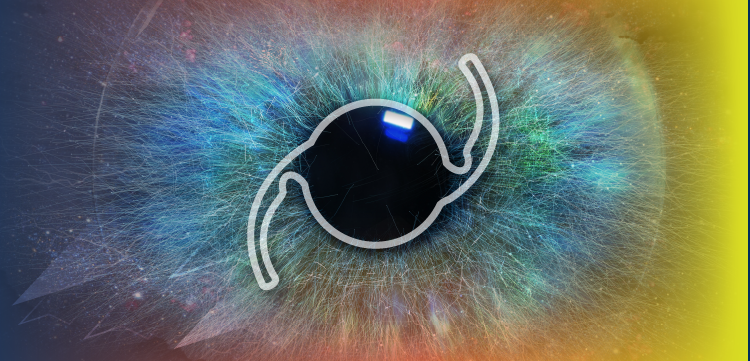
Retinitis pigmentosa link between us and cats
A genetic link between cats and humans for two forms of retinitis pigmentosa (RP) have been identified by a University of Missouri researcher.
A genetic link between cats and humans for two forms of retinitis pigmentosa (RP) have been identified by a University of Missouri researcher. The same genetic mutations that cause retinal blindness in humans also cause retinal blindness in cats, said Kristina Narfstrom, the Ruth M. Kraeuchi-Missouri Professor in Veterinary Ophthalmology in the MU College of Veterinary Medicine. Now, cats with these mutations can be used as important animal models to evaluate the efficiency of gene therapy. In addition, the eye is an ideal organ to use as we examine the potential of gene replacement intervention because it offers an accessible and confined environment.
In the study, researchers found that cats with the late-onset form of the disease have a mutation in the CEP290 gene, which is the same mutation found in humans with Joubert syndrome and Leber's congenital amaurosis. In both of these diseases, the genetic mutations result in changes in the function and structure of the photoreceptors.
Human autosomal recessive RP is among the most common cause of retinal degeneration and blindness, with no therapeutic intervention available. Initially it leads to night blindness, then loss of peripheral vision and, with progression, there is also a loss of central vision. Like humans, Abyssinian cats with the CEP290 mutation have normal vision at birth but develop early changes in the interior of their eyes by the time they are approximately 2 years old. The cats with the congenital form of the disease are blind from birth with severe changes in the interior of their eyes after only a couple of months.
About one in 3,500 people are affected with RP.
Newsletter
Get the essential updates shaping the future of pharma manufacturing and compliance—subscribe today to Pharmaceutical Technology and never miss a breakthrough.












































